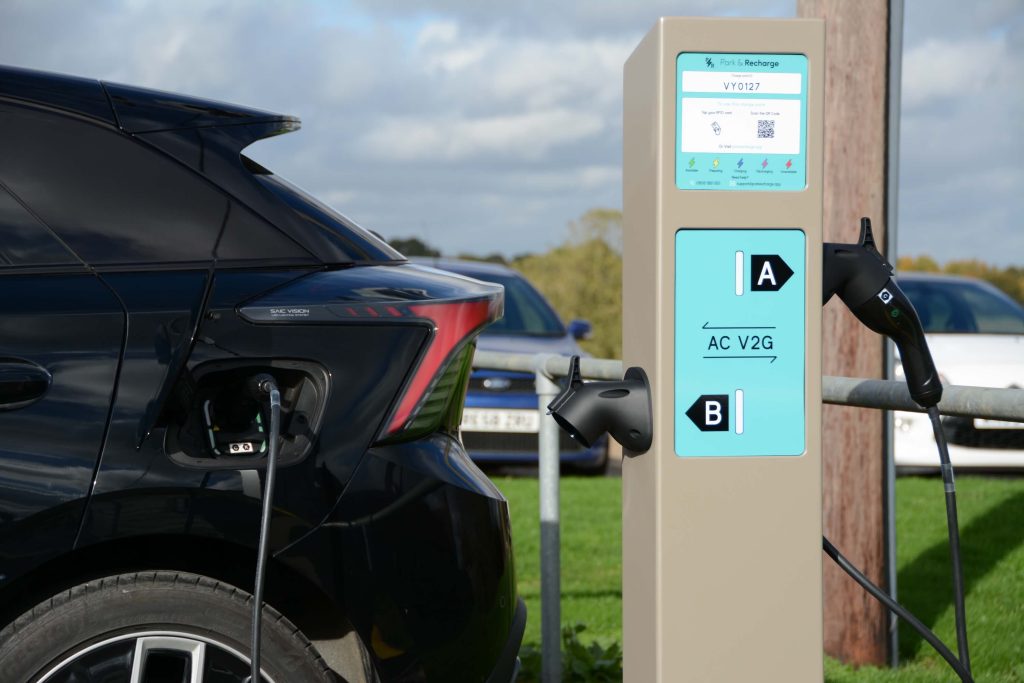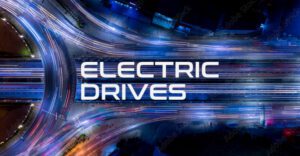- The V2VNY project has installed the UK’s first AC V2G chargers in fleet depots, improving grid stability and cutting costs.
- V2G technology lets EVs return power to the grid, helping operators save money and support net-zero goals.
- With 1.4 million EVs on UK roads, these projects show how EVs can act as mobile batteries for energy resilience.
Innovative AC V2G chargers installed for UK fleets, offering major energy and cost savings
The first AC vehicle-to-grid (V2G) chargers have been installed in UK fleet depots, marking a significant step in the country’s clean energy transition. This innovation comes through the V2VNY (Vehicle 2 Volume eNergy Yield) project, which aims to trial lower-cost, next-generation V2G workplace charging using alternating current (AC) instead of the more expensive direct current (DC) systems typically used.
The V2VNY project is a collaborative effort led by Hangar19, in partnership with CrowdCharge, DriveElectric, Electric Corby, Oxfordshire County Council, Grid Beyond, and JLR. JLR is providing prototype electric vehicles for the trial, while CrowdCharge is utilizing AI technology to optimize the charging process.

Denbighshire County Council is among the first to adopt this technology, installing an AC V2G charger at its fleet depot. The council manages over 400 vehicles, including more than 100 EVs, supported by a smart local energy system that includes solar power and battery storage. This setup not only reduces reliance on the national grid but also cuts carbon emissions and saves on energy costs.
V2G technology allows EVs to draw power from the grid and return excess energy when needed.
This bidirectional flow can significantly reduce costs for fleet operators, improve grid stability, and support the UK’s push towards net zero. By charging during off-peak hours when prices are low and feeding energy back during peak demand, fleets can potentially save thousands of pounds each year.
This initiative aligns with broader European efforts to maximize the benefits of EVs. A recent report by Eurelectric and EY estimates that smart and bidirectional charging could enable EV owners in Europe to save between €450 and €2,900 annually. By 2030, EV batteries could collectively store 114 TWh of energy – enough to power 30 million homes and meet 4% of Europe’s annual electricity demand.
However, scaling this technology comes with challenges. Europe’s power grid will need upgrades to handle the surge in EV adoption. With over 1.4 million EVs already on UK roads, smart charging and V2G systems will play a critical role in balancing supply and demand.
As the V2VNY project demonstrates, integrating EVs into the energy grid can unlock major economic and environmental benefits, supporting a cleaner, more resilient power system for the future.




